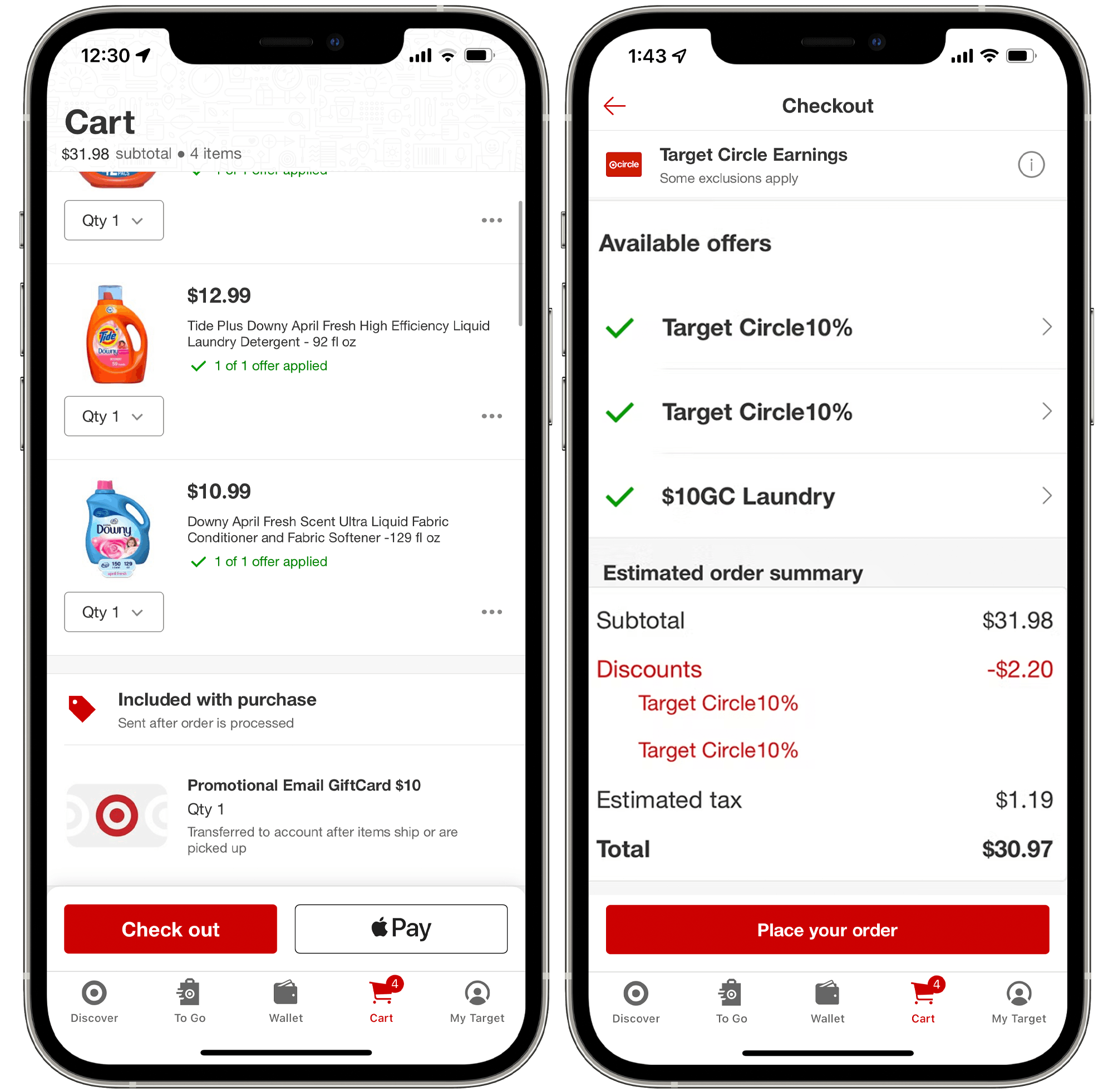
Amazon demand-side advertising allows brands to get their message out to more people. It provides the data and reports advertisers need to optimize their campaigns.
There are many ad types available on the platform that can be used to reach customers at different stages in their journey. These include brand awareness and cross-sell.
What is DSP, exactly?
Amazon DSP Advertising is a programmatic digital advertising platform which allows marketers target and bid on ads across multiple ad inventory sources. This includes websites, online video channels, and social media platforms.
DSPs capture data about users to display them relevant ads based their search, buying or browsing habits. This helps marketers and agencies to improve targeting and bidding strategies and optimize ad rotation.
It also offers a consolidated dashboard which shows campaign performance. This allows advertisers to take data-driven decisions. This allows them the ability to identify when and how their campaigns should be adjusted, which leads to higher conversion rates.
DSP advertising can help you scale your brand on Amazon, if used correctly. DSPs allow you to access a broad range of inventory sources and help you reduce costs while increasing visibility. They also deliver on your ROI goals. DSPs are especially helpful for ecommerce businesses that operate D2C (directly-to-customer), models, and who want to increase sales and awareness.
DSP Console

If you are ready to launch your brand’s marketing campaign, it is important to choose the right advertising medium. You will need to decide if you want to manage your campaigns through an agency authorized by Amazon.
DSP ads can be a great way for your brand to increase awareness and get your product front and center. Brands can also run Streaming TV Video (STV), ads that reach people on the internet and mobile devices.
Advertisers can also target specific products, ad placements, and creatives through the DSP. These targeting options enable advertisers to fine tune their campaign strategy and get performance insights. This will ensure that they achieve the best ROI.
Moreover, advertisers can use audience data from Amazon to pinpoint the best-fit target for their ads. This allows agencies to easily find the right audience by using customer journey stages and known shopping behaviours. It's a great tool to maximize your Amazon DSP campaigns and increase your chances of acquiring new customers.
DSP Campaigns
Advertisers can target customers at different stages in their customer journey using the Amazon dsp campaign. This is a great way for brands to increase their reach in a crowded market.
Amazon DSP allows you to target people beyond keywords search. It also offers lookalikes, content, contextual targeting, and remarketing options. Targeting people is based on their past purchases and visits, as well the interests and behaviour of those individuals.
Once you've set goals and selected an audience, it's time to build your campaign. Using the campaign manager page, you'll select the ad type, creative assets (banners, interstitials, etc. The budget, supply source and price will be selected. Next, you will be shown step-by-step the steps to create your Amazon DSP advertising campaign. Next, you'll have the ability to monitor and optimize campaigns on an ongoing base. This will make it easier to achieve your advertising goals.
DSP Agency

Amazon DSP is an advertisement platform that allows brands to leverage the vast data reserves that Amazon holds. There are many placement options available, including video and display, OTT and mobile interstitial ads.
It targets shoppers based on past behavior and affinity for brands. This data is useful for brands to make better decisions and increase their ROI.
DSP is a tool that helps advertisers target their campaigns. It uses metrics such click-through rate and conversion rates to provide insights to help optimize campaigns.
DSP will initially prepare a report that contains data and trends based on their review. These data and trends can be used to help the team develop a detailed demand-side strategy plan. This plan contains information such as the target customer acquisition, opportunity size and budget. The budget should be broken down into quarters and key holidays/sales event.
FAQ
Can I order clothes online and have them returned?
Absolutely! It's actually easier than ever to order clothing online. All major retailers offer free returns. Print the label and mail it.
You will only be eligible for a refund once the item is received. To return the product if you have a different opinion, please let us know.
Which are the best times to shop online?
The best day to shop for clothes online is Sunday because you have time to browse around all the different stores and find what you want. You should buy all the clothes you will need for Monday. Tuesday is when you should do any last-minute shopping. Wednesday is the day you should begin shopping for Christmas. Thursday is when you should start planning for Easter. You should begin preparing for the summer holidays on Friday. Saturday is the ideal day to begin preparing for school holidays. Finally, finish up any remaining tasks from the week on Sunday.
How do I shop smart online?
Smart shopping online can help you save money but not sacrifice quality. Here are some tips.
Start by shopping around. Compare prices to find the best deal.
Secondly, consider using cash back apps such as Ebates. These apps work in the same way as cashback programs at physical stores. Their app allows you to earn points based upon how much you spend. These points can be used to redeem for gift cards and discounts.
Third, you should look out for promo codes. These codes are available on sites like RetailMeNot.com. You just need to enter the code when you checkout. All savings will be applied automatically.
Lastly, don't forget to check out clearance sections. You can often find incredible deals on top-end brands at discounted prices.
Is a debit card good to use when shopping online?
It depends on what you buy and how much money. You should consider a debit or credit card if there are no extra fees associated with using your credit card.
A debit card is a good option if you don't have enough cash to purchase a product.
You can withdraw money from ATM machines without any interest or additional charges with a debit card.
It is also possible to buy groceries or petrol at ATMs, making them extremely convenient.
Statistics
- The tax is automatically added once you click the checkout button, so factor in an additional 20% when looking at the product page. (makeuseof.com)
- Beyond that, you'll be liable for a 25% import tax. (makeuseof.com)
- Your Online Purchases 79% of Americans purchased goods and services online in 2018, which is expected to exceed 90% in 2023. (meetfabric.com)
- The vast majority only change a password to protect privacy a few times a year (27 percent) or, more likely, never (35 percent). (pcmag.com)
External Links
How To
What are the best online shopping practices?
Anyone who wishes to shop online securely should be able to do so safely. It's important to know how you can shop at different sites without being scammed.
Continue reading if you're interested in learning more about buying online. This article will explain all the tips and tricks that can help you avoid falling for scams.
-
Do your research. Before you decide to shop online, it's essential to do your homework first. Review the company, read customer feedback and ask friends for their recommendations.
-
Shop around. Compare prices across multiple sellers if you aren't sure if a particular shop is reliable. Price comparison apps such Amazon Price Checker (Google Shopping) and Google Shopping are good options. These tools enable you to determine which retailers have the lowest prices.
-
Watch out for red flags. Watch out for signs that a scammer might be trying to trick customers when browsing product pages. Many sites are fake and contain misspelled words as well as grammatical errors. These sites often sell fake products or incomplete products.
-
Beware of popups. Some websites use popups to collect personal data like passwords and credit cards numbers. If you encounter one of these, close them immediately by pressing "escape" or choosing another browser window.
-
Ask yourself questions. Consider the following questions when you visit a website: Is it trustworthy? Do I get what I need from it? Can I trust the people behind the site?
-
Don't divulge any personal information. Unless you initiated a transaction, never give out financial information like your Social Security number or bank account number or credit card details via phone or email.
-
Avoid clicking on emails that contain links. It's very easy to click on a link in an email and end up on a phishing site that looks exactly like the real thing. Only open emails from trusted sources (such as banks) to avoid falling victim to this kind of fraud.
-
Use strong passwords. A strong password should include letters, numbers, and symbols. Your password should be kept secret from others and you must not share it.
-
Do not download files without permission. Always download files directly from their source rather than opening them from email attachments. Never open attachments that come from unknown senders. If you are sent an attachment asking you to install software, do not open it.
-
Report suspicious activity. Contact your local police immediately if you suspect that your identity has been stolen. The Federal Trade Commission can also be contacted.
-
Protect your device. Make sure your computer has anti-malware protection. It can help prevent hackers from accessing private information.
-
Watch out for scammers targeting seniors. Scammers targeting seniors are particularly vulnerable because they have less ability to recognize fraudulent messages or websites.